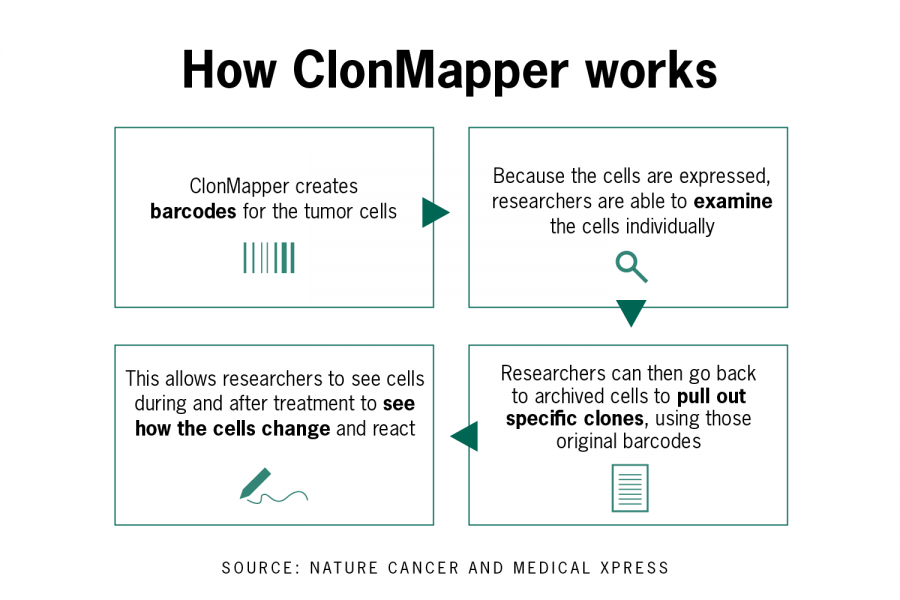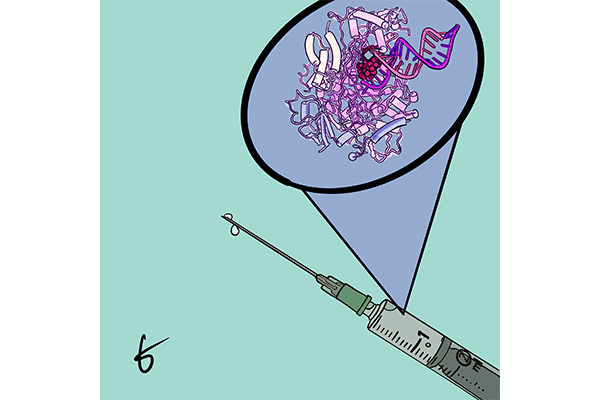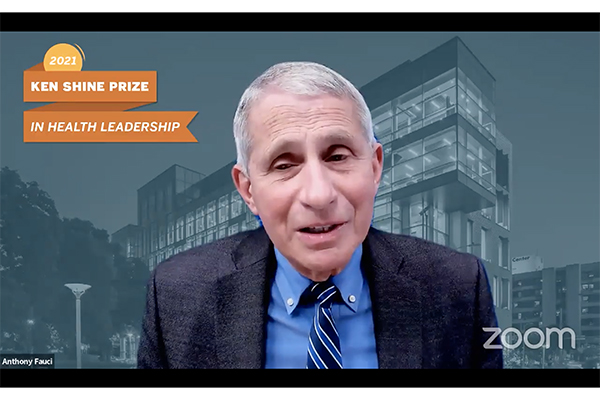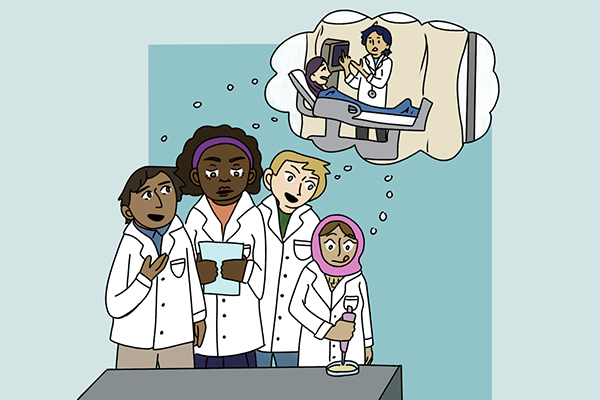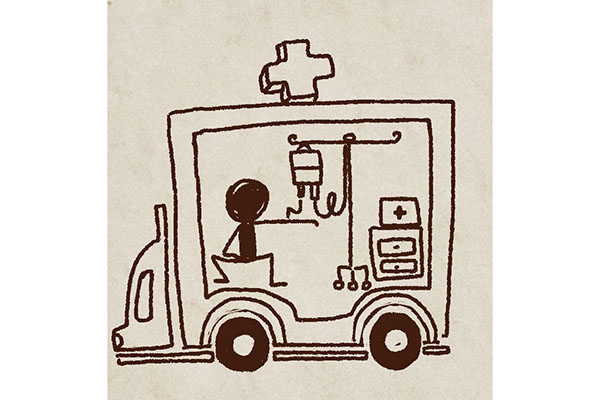T-cells might seem like just a small part of the human immune system, but they have the power to attack cancerous cells and other infectious invaders.
Chenfeng He, a graduate student in the Jiang Lab studying systems immunology, described them as being part of the body’s army that fights disease. T-cells are a type of white blood cell with specific receptors that allow them to attach to antigens, which are molecules that induce a response from the immune system.
A paper written by the Jiang Lab was published earlier this month in Frontiers in Immunology on the lab’s improvement of T-cell receptor sequencing, or determining a T-cell’s molecule number after it has been copied through polymerase chain reaction.
“It’s a more accurate way of measuring the composition of all the antigen receptors in the immune system,” said Jenny Jiang, biomedical engineering professor and the head of the lab.
What separates their method of sequencing from that of other researchers doing similar work is their integration of a molecular identifier, Jiang said. The molecular identifier is a stretch of DNA that gives each T-cell’s RNA transcript its own ID. This ID can be used to see where errors might have occurred during amplification, or the creation of multiple copies of a segment of DNA, because some molecules don’t amplify as well as others.
The error-reducing and bias-correcting aspect of the method is part of what makes this method more accurate than others, Jiang said. In addition, it also increases the diversity of coverage by allowing researchers to improve the detection of rare species of T-cell receptors in a given sample.
The increased accuracy and specificity of this method means that researchers are able to use smaller samples of blood for analysis, He added. This is especially useful when analyzing infant blood samples since the amount able to be safely drawn is limited.
It also means that researchers can develop vaccines to respond more effectively to certain antigens, Jiang said. To develop vaccines, it’s necessary to look at the mutation pattern of the antibody that responds to a certain antigen. Knowing the mutation pattern allows researchers to determine what sorts of B-cells, the cells that are responsible for producing antibodies, are responding to the simulation of the virus that is the vaccine, Jiang said.
This sort of background work is crucial to modern medicine, she said.
“Being a biomedical engineer means that you combine the quantitative aspects of research and engineering principles to come up with tools for medicine,” Jiang said. “That’s what the future of medicine depends on; it’s not just doctors. Doctors need tools — genomic tools, quantitative tools, analysis tools — and we are building those for the medical community to use.”
The tools are already being put to use. Jiang and He authored a paper published in September of 2017 in Nature Communications that used the antibody repertoire sequencing technique to study the immune response to malaria in infants.
“The most important thing is that you can see this actually being applied in clinical research,” He said. “I find that the most interesting.”
The development of these tools is an important part of addressing pressing problems in medicine, Jiang said.
“In the developed world, it’s cancer. In the developing world, it’s infectious diseases,” Jiang said. “For example, malaria kills 300,000 children under five years old every year.”
There currently are vaccines for malaria, but they are only effective about 30 percent of the time in infants and young children, who are the demographic that need it the most, Jiang said.
“We provide a metric to evaluate the immune system which will help us engineer better vaccines and develop better immunotherapies for cancer treatment,” Jiang said. “Biomedical engineering can be a powerhouse for the future of modern medicine.”




